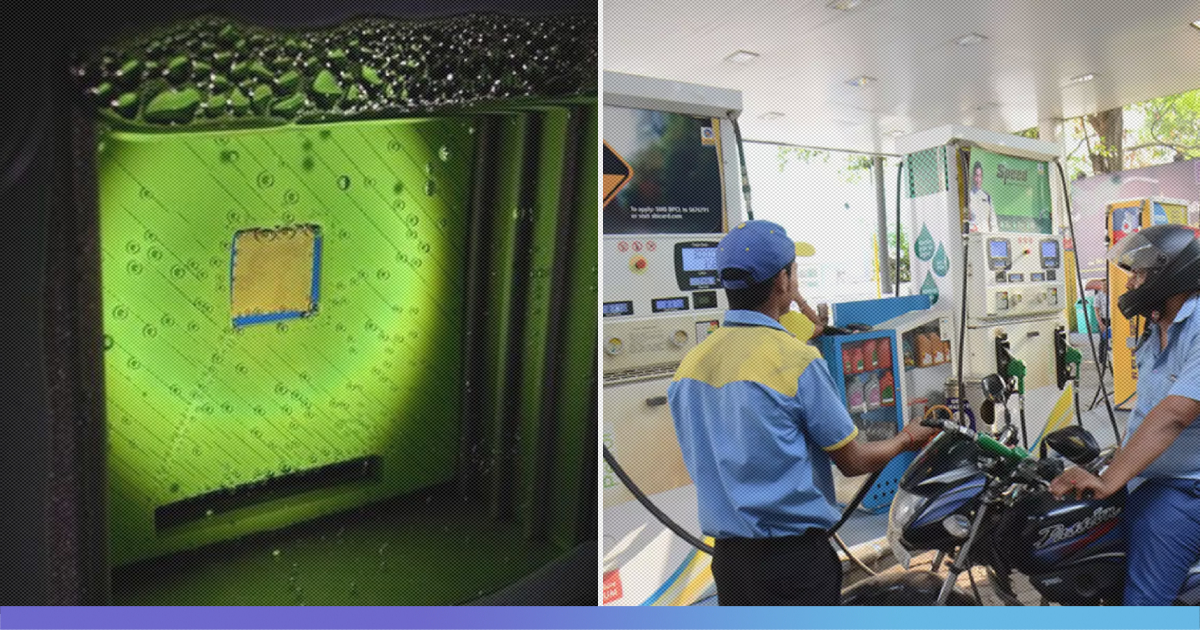Cambridge University scientists have developed an ‘artificial leaf’ that can turn sunlight into the widely-used syngas which is currently made from fossil fuels. The gas could be used in the creation of a sustainable liquid fuel which may serve as an alternative to petrol.
Syngas is an acronym of synthetic gas produced from carbon dioxide, carbon monoxide, and hydrogen. Syngas cannot be burnt directly but is used as a fuel source. It burns more efficiently than the original fuel because it burns at higher temperatures. Syngas is used to produce a variety of commodities like fuels, pharmaceuticals, plastics and fertilisers.
According to the research, it does not emit any additional carbon dioxide into the atmosphere, unlike the current industrial processes for producing syngas. The leaf is powered by sunlight and works efficiently even in cloudy weather. “This means you are not limited to using this technology just in warm countries, or only operating the process during the summer months,” said PhD student Virgil Andrei, first author of the research. “You could use it from dawn until dusk, anywhere in the world,” he added.
How Does It Work?
“You may not have heard of syngas itself, but every day, you consume products created using it. Being able to produce syngas sustainably would be a critical step in closing the global carbon cycle and establishing a sustainable chemical and fuel industry,” News18 quoted Professor Erwin Reisner from Cambridge as saying.
The invention is inspired by photosynthesis – the natural process by which energy from sunlight is used by plants to turn carbon dioxide into food.
The artificial leaf has two light absorbers which are similar to the molecules in plants that harvest sunlight. The absorbers are combined with a catalyst made out of cobalt.
One light absorber uses the catalyst to produce oxygen when the device is immersed in water while the other forms the syngas mixture by carrying out the chemical reaction that reduces carbon dioxide and water into carbon monoxide and hydrogen.
Also Read: History In The Making: Scientists To Overhaul Metric System Which Will Change The One True Kilogram











